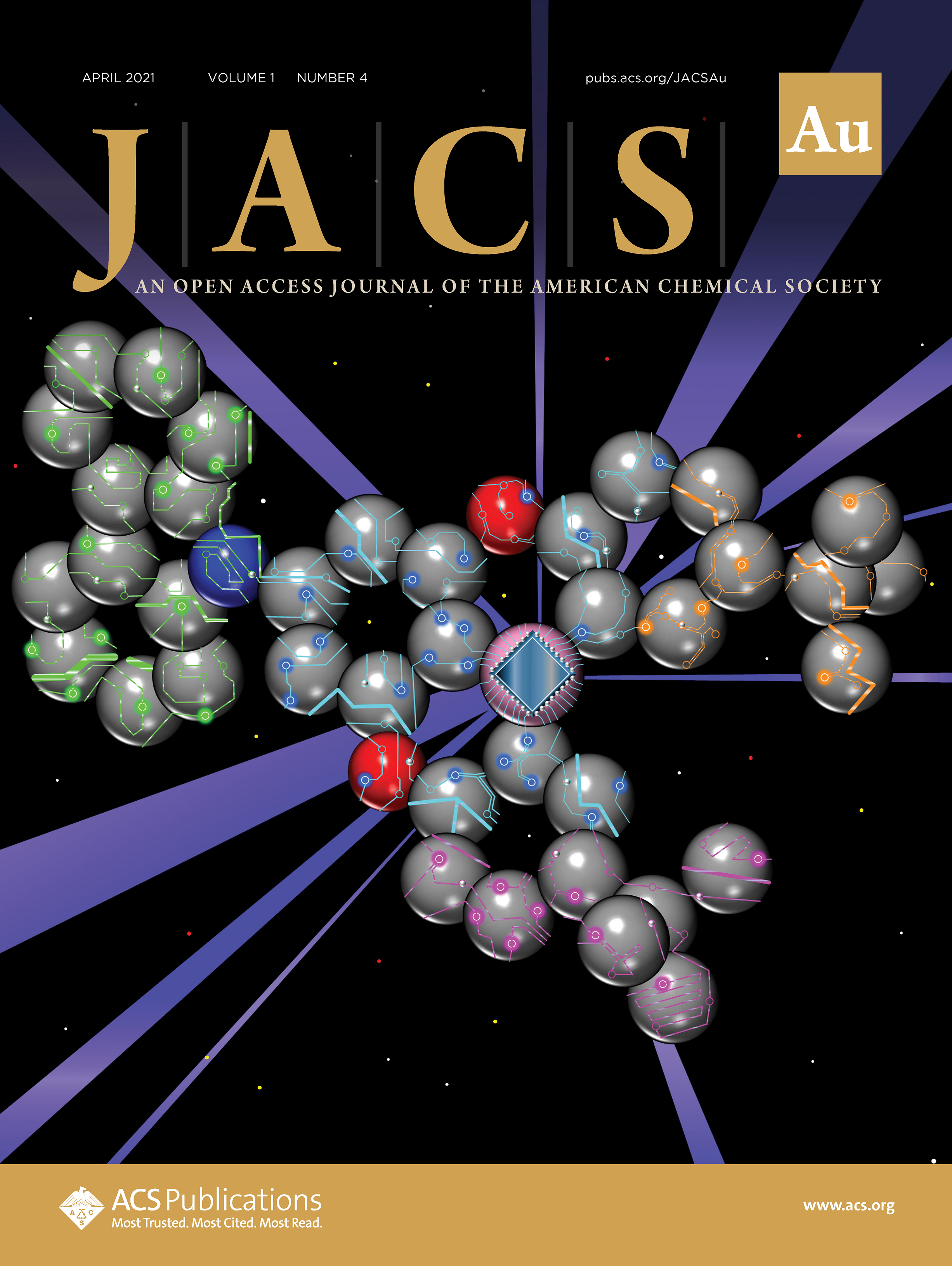
Accurate and reliable prediction of the optical and photophysical properties of organic compounds is important in various research fields. Here, we developed deep learning (DL) optical spectroscopy using a DL model and experimental database to predict seven optical and photophysical properties of organic compounds, namely, the absorption peak position and bandwidth, extinction coefficient, emission peak position and bandwidth, photoluminescence quantum yield (PLQY), and emission lifetime. Our DL model included the chromophore–solvent interaction to account for the effect of local environments on the optical and photophysical properties of organic compounds and was trained using an experimental database of 30 094 chromophore/solvent combinations. Our DL optical spectroscopy made it possible to reliably and quickly predict the aforementioned properties of organic compounds in solution, gas phase, film, and powder with the root mean squared errors of 26.6 and 28.0 nm for absorption and emission peak positions, 603 and 532 cm–1 for absorption and emission bandwidths, and 0.209, 0.371, and 0.262 for the logarithm of the extinction coefficient, PLQY, and emission lifetime, respectively. Finally, we demonstrated how a blue emitter with desired optical and photophysical properties could be efficiently virtually screened and developed by DL optical spectroscopy. DL optical spectroscopy can be efficiently used for developing chromophores and fluorophores in various research areas.


 Pd3Pb Nanosponges for Selective Conversion of Furfural to Fur...
Pd3Pb Nanosponges for Selective Conversion of Furfural to Fur...
 Wettability of graphene and interfacial water structure
Wettability of graphene and interfacial water structure

















